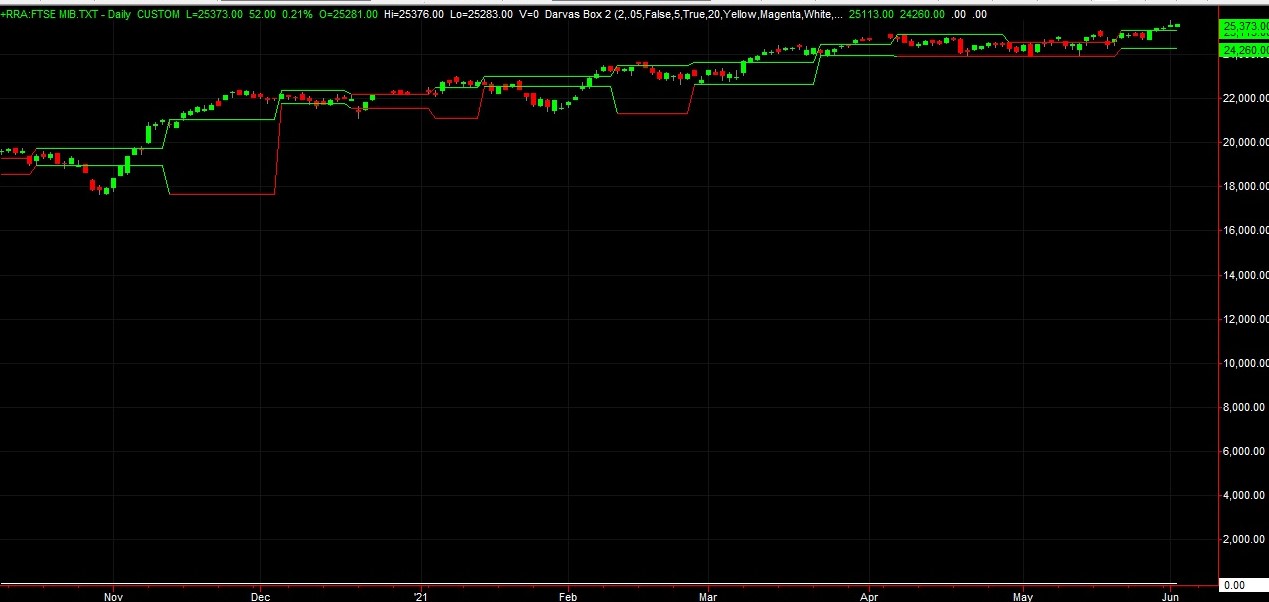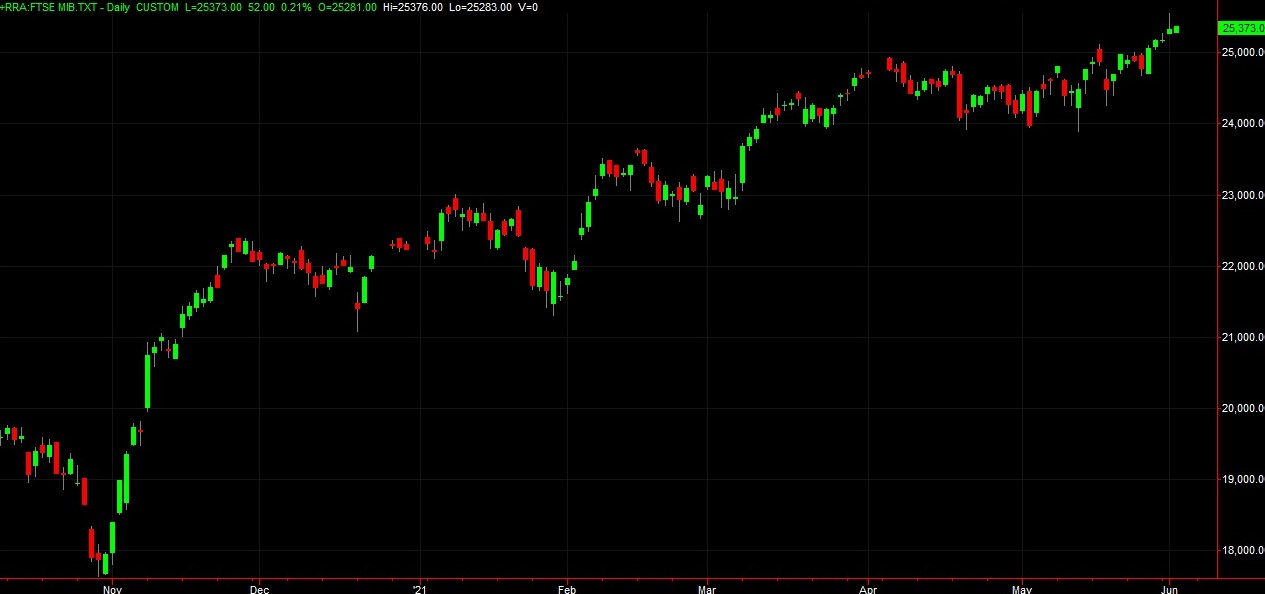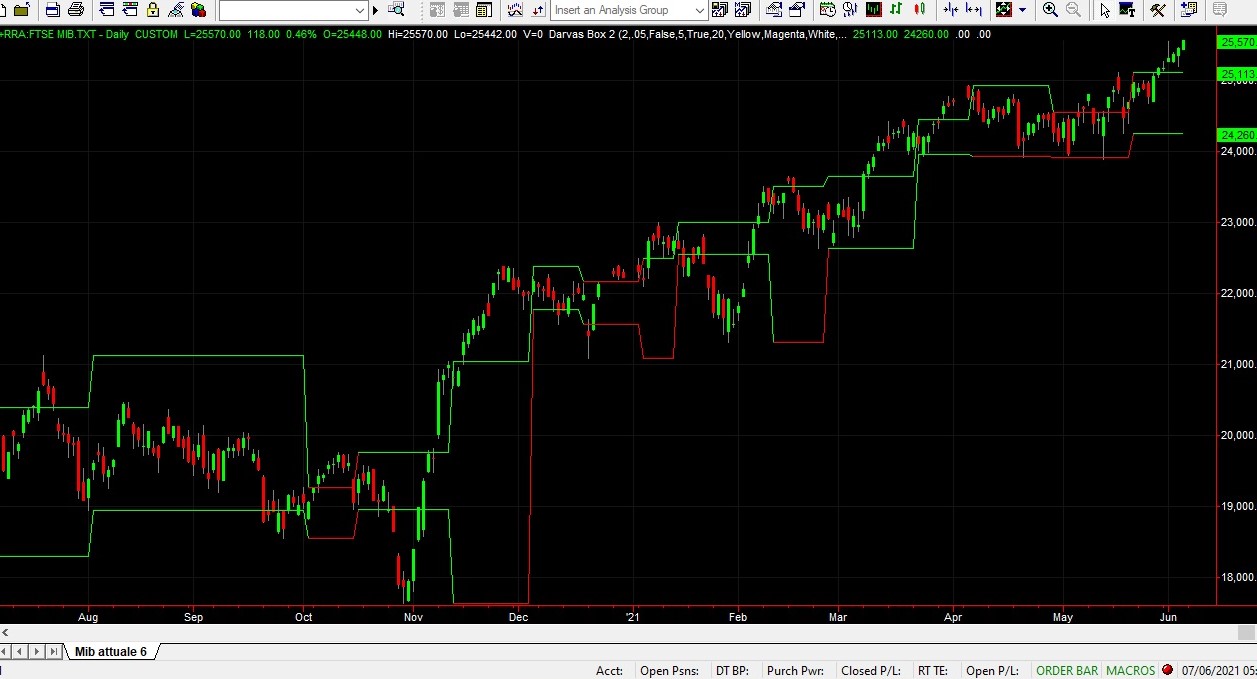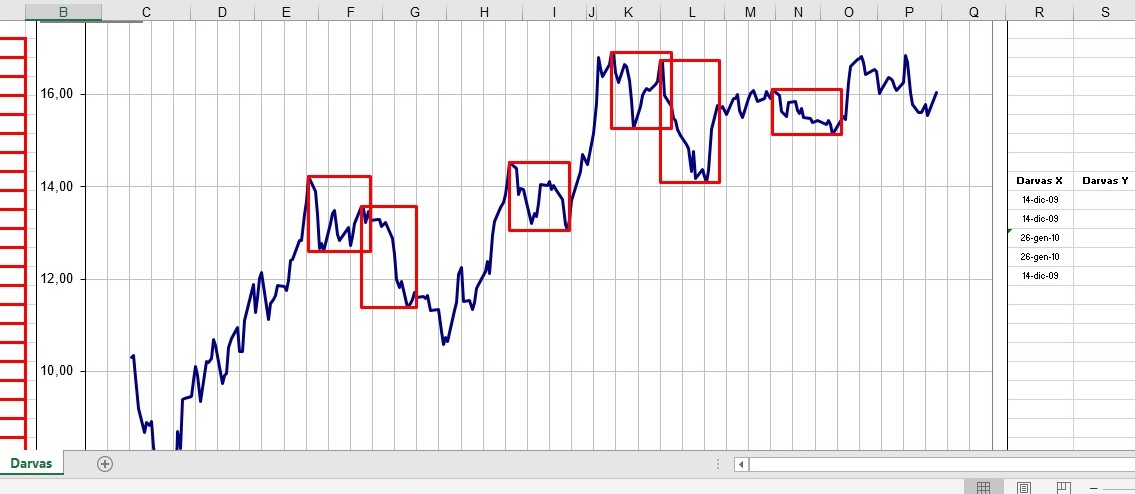In the late 1950s, Nicolas Darvas was one half of the highest paid dance team in show business. He was in the middle of a world tour, dancing before sell-out crowds. At the very same time, he was on his way to becoming a long forgotten Wall Street legend, buying and selling stocks in his spare time researching only in Barron's weekly newspaper and using telegrams to communicate with his broker. However, Darvas turned a $36,000 investment into more than $2.25 million in a three-year period. Many traders argue that Darvas' methods still work, and modern investors should study his 1960 book, "How I Made $2 Million In The Stock Market". Read on as we cover the Darvas Box trading method.
Darvas Who?
The path Nicolas Darvas took to stock market riches is unique. He fled his native Hungary ahead of the Nazis. Eventually, he reunited with his sister and they began dancing professionally in Europe after WWII. When he wasn't performing, he spent countless hours studying the stock market. Darvas read anything he could get his hands on. He gained an understanding of the fact that stocks are risky and taking profits is the key to riches.
Darvas began his trading career in the speculative Canadian stock markets and his first purchase led to a profit of more than 200%. His initial success was short-lived, and the rough and tumble Canadian markets soon took back his profits, and then some. Several years later, he turned to the New York Stock Exchange and brought a trading mentality to the market.
Trading Philosophy
Trading was not easy at that time. Stock investing in the 1950s required a full-service broker. Buying high-quality, dividend-paying stocks was the most common investment philosophy. Commissions were high, and investors favored dividend income over capital gains. Darvas brought his unique techno-fundamental theory of investing to this market, with no consideration of dividends and clearly defined stop-loss points.
To identify trading candidates, Darvas applied a distinctive fundamental filter. He looked for industries he expected to do well over the next 20 years. In the 1950s, electronics, missiles and rocket fuels fascinated the American public. Companies in these industries would benefit from revolutionary new products that would lead to exponential earnings growth.
In thinking this way, Darvas had learned from his study of stock market history that he could profit greatly if he could anticipate the next big thing. He notes in his book that in the late 1800s, railroad companies ruled Wall Street; a generation later it was automobile companies that represented an emerging technology. Investors were always on the hunt for the something new and exciting. To find stocks with the greatest potential, his research indicated that you needed to find the industries with the greatest potential.
The Strategy
From a developed industry list, Darvas would create a watch list of several stocks from each industry. Because of the commission structure of the day, he focused on higher priced stocks. With fixed commissions, the cost of trading, on a per share basis, declined rapidly as the price of the stock increased. While this was of no concern to the buy-and-hold investor, Darvas realized that a significant part of his trading profits would be lost to commissions if he was not careful. Modern day investors can look at stock price as a filter indicating that the company has some stability - very low-priced stocks often stay low for fundamental reasons in today's markets.
Armed with his list of trading candidates, Darvas watched for a sign that the stock was ready to move. The only indicator he used was volume, watching for heavy volume among his short list of trading candidates. When he spotted unusual volume, he would telegraph his broker and request daily quotes.
He was looking for stocks trading within a narrow price range, which he defined using a set of precise rules. The upper limit was the highest price a stock reached in the current advance that was not penetrated for at least three consecutive days. The lower limit was a new three-day low that held for at least three consecutive days.
After spotting the range, he would cable his broker with a buy order just above the top of the trading range and a stop-loss order just below the bottom of the range. Once in a position, he trailed his stop based on the action in the stock. In his experience, boxes often "piled up", which meant that they formed new box patterns as a stock climbed higher. Each time a new box formation was completed, Darvas raised his stop to a fraction below the new bottom of the new trading range.
Turning a Profit in Lorillard
In trading, a picture is worth a thousand words, and we can look at an example from Darvas' book to gain a clearer understanding of his method. In late 1957, Darvas was performing in Saigon and noticed a volume spike in Lorillard. He began following the stock closely by asking his broker to begin providing daily quotes.
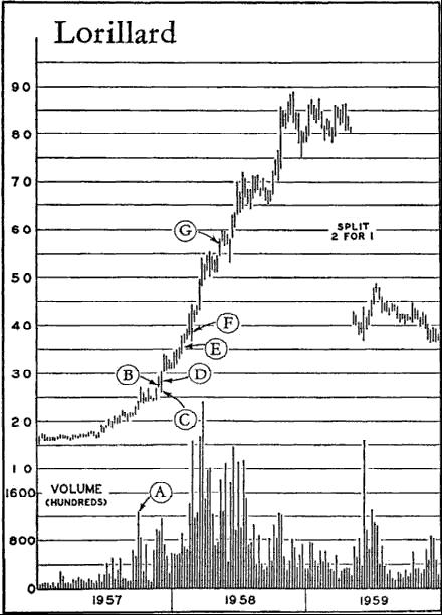
Source: "How I Made $2 Million In The Stock Market" (1960) by Nicolas Darvas
A. He identified Lorillard's industry and learned that it was selling a lot of Kent and Old Gold cigarettes. While not a technology stock, cigarettes were a growth industry at this time, before the Surgeon General warning appeared on every pack.
B. He bought 200 shares of Lorillard at 27½, as it broke above the box.
C. Unfortunately, his stop at 26 was hit a few days later when the stock price went back into the box.
D. Seeing continued strength reaffirmed his conviction that the stock was going higher, and Darvas repurchased 200 shares at 28¾.
E. Confident in his selection, Darvas bought another 400 shares at 35 and 36½.
F. Continued strength after the drop in February 1958 led to another purchase of 400 shares at 38.
G. To raise money to purchase another stock, Darvas closed his entire position at 57, for a profit of more than 60% in about six months. By comparison, the Dow Jones Industrial Average gained about 7.5% over that same time frame.
The simple Darvas used to profit from Lorillard can also work in the current markets. The internet has replaced the telegraph favored by Darvas, and also provides real-time quotes, eliminating the need to wait for Barron's to be delivered on Saturday morning. Spotting high volume breakouts is relatively simple to do, and profits like Darvas made are possible if traders apply his disciplined approach.
In Summary
Much of Nicholas Darvas' success stems from his confidence in his trading strategy. He became proficient at managing risk and taking his profit off the table before the position had the chance to reverse.
Michael Carr can be contacted at Dunn Warren Investment Advisors
Darvas Who?
The path Nicolas Darvas took to stock market riches is unique. He fled his native Hungary ahead of the Nazis. Eventually, he reunited with his sister and they began dancing professionally in Europe after WWII. When he wasn't performing, he spent countless hours studying the stock market. Darvas read anything he could get his hands on. He gained an understanding of the fact that stocks are risky and taking profits is the key to riches.
Darvas began his trading career in the speculative Canadian stock markets and his first purchase led to a profit of more than 200%. His initial success was short-lived, and the rough and tumble Canadian markets soon took back his profits, and then some. Several years later, he turned to the New York Stock Exchange and brought a trading mentality to the market.
Trading Philosophy
Trading was not easy at that time. Stock investing in the 1950s required a full-service broker. Buying high-quality, dividend-paying stocks was the most common investment philosophy. Commissions were high, and investors favored dividend income over capital gains. Darvas brought his unique techno-fundamental theory of investing to this market, with no consideration of dividends and clearly defined stop-loss points.
To identify trading candidates, Darvas applied a distinctive fundamental filter. He looked for industries he expected to do well over the next 20 years. In the 1950s, electronics, missiles and rocket fuels fascinated the American public. Companies in these industries would benefit from revolutionary new products that would lead to exponential earnings growth.
In thinking this way, Darvas had learned from his study of stock market history that he could profit greatly if he could anticipate the next big thing. He notes in his book that in the late 1800s, railroad companies ruled Wall Street; a generation later it was automobile companies that represented an emerging technology. Investors were always on the hunt for the something new and exciting. To find stocks with the greatest potential, his research indicated that you needed to find the industries with the greatest potential.
The Strategy
From a developed industry list, Darvas would create a watch list of several stocks from each industry. Because of the commission structure of the day, he focused on higher priced stocks. With fixed commissions, the cost of trading, on a per share basis, declined rapidly as the price of the stock increased. While this was of no concern to the buy-and-hold investor, Darvas realized that a significant part of his trading profits would be lost to commissions if he was not careful. Modern day investors can look at stock price as a filter indicating that the company has some stability - very low-priced stocks often stay low for fundamental reasons in today's markets.
Armed with his list of trading candidates, Darvas watched for a sign that the stock was ready to move. The only indicator he used was volume, watching for heavy volume among his short list of trading candidates. When he spotted unusual volume, he would telegraph his broker and request daily quotes.
He was looking for stocks trading within a narrow price range, which he defined using a set of precise rules. The upper limit was the highest price a stock reached in the current advance that was not penetrated for at least three consecutive days. The lower limit was a new three-day low that held for at least three consecutive days.
After spotting the range, he would cable his broker with a buy order just above the top of the trading range and a stop-loss order just below the bottom of the range. Once in a position, he trailed his stop based on the action in the stock. In his experience, boxes often "piled up", which meant that they formed new box patterns as a stock climbed higher. Each time a new box formation was completed, Darvas raised his stop to a fraction below the new bottom of the new trading range.
Turning a Profit in Lorillard
In trading, a picture is worth a thousand words, and we can look at an example from Darvas' book to gain a clearer understanding of his method. In late 1957, Darvas was performing in Saigon and noticed a volume spike in Lorillard. He began following the stock closely by asking his broker to begin providing daily quotes.

Source: "How I Made $2 Million In The Stock Market" (1960) by Nicolas Darvas
A. He identified Lorillard's industry and learned that it was selling a lot of Kent and Old Gold cigarettes. While not a technology stock, cigarettes were a growth industry at this time, before the Surgeon General warning appeared on every pack.
B. He bought 200 shares of Lorillard at 27½, as it broke above the box.
C. Unfortunately, his stop at 26 was hit a few days later when the stock price went back into the box.
D. Seeing continued strength reaffirmed his conviction that the stock was going higher, and Darvas repurchased 200 shares at 28¾.
E. Confident in his selection, Darvas bought another 400 shares at 35 and 36½.
F. Continued strength after the drop in February 1958 led to another purchase of 400 shares at 38.
G. To raise money to purchase another stock, Darvas closed his entire position at 57, for a profit of more than 60% in about six months. By comparison, the Dow Jones Industrial Average gained about 7.5% over that same time frame.
The simple Darvas used to profit from Lorillard can also work in the current markets. The internet has replaced the telegraph favored by Darvas, and also provides real-time quotes, eliminating the need to wait for Barron's to be delivered on Saturday morning. Spotting high volume breakouts is relatively simple to do, and profits like Darvas made are possible if traders apply his disciplined approach.
In Summary
Much of Nicholas Darvas' success stems from his confidence in his trading strategy. He became proficient at managing risk and taking his profit off the table before the position had the chance to reverse.
Michael Carr can be contacted at Dunn Warren Investment Advisors
Last edited by a moderator:


